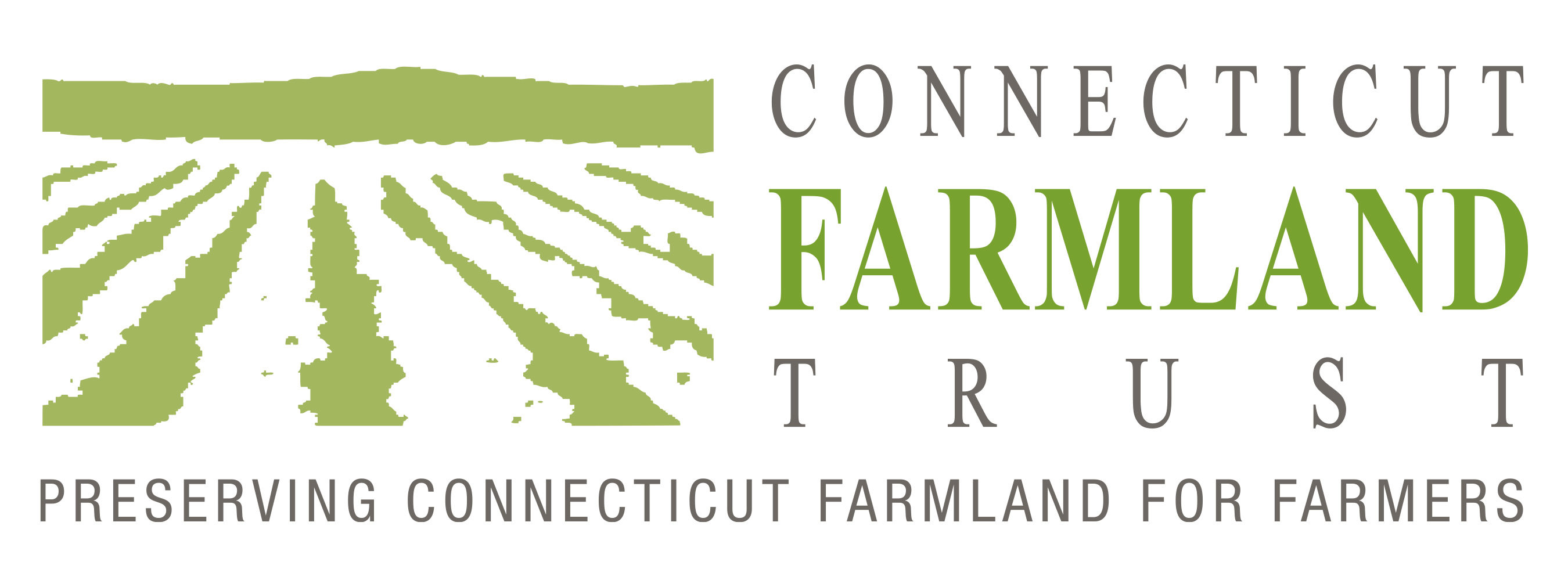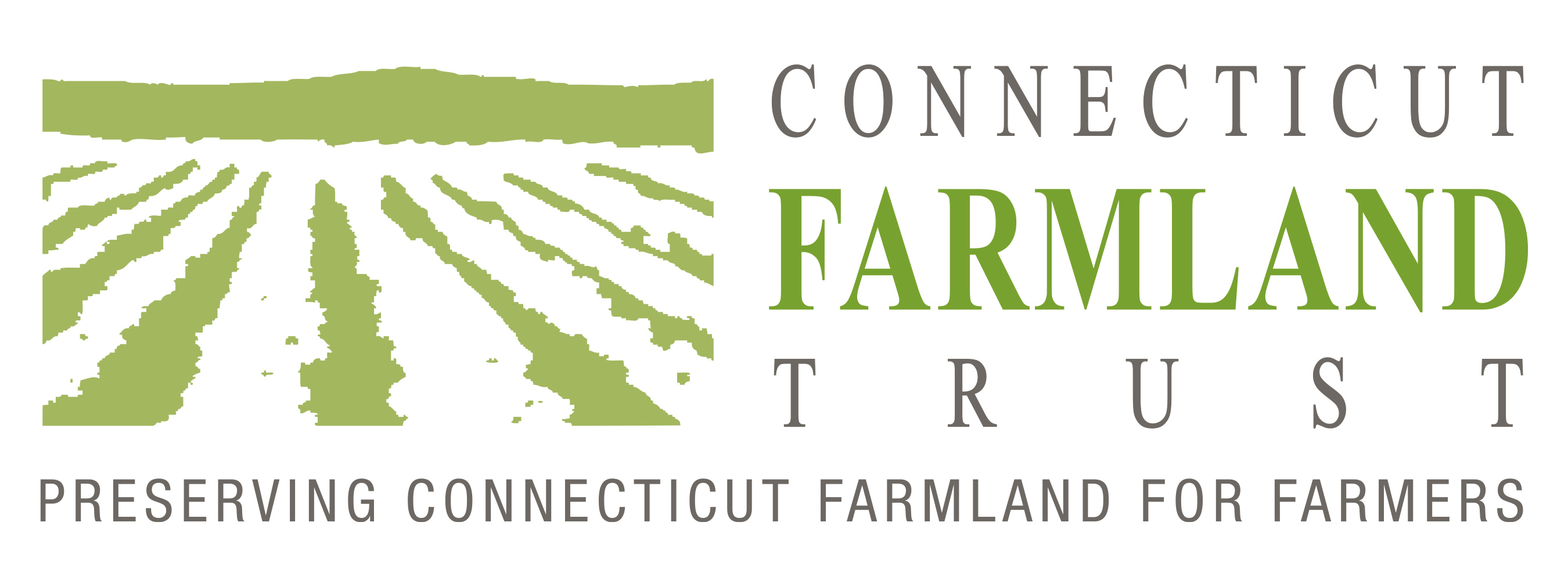America today is losing agricultural land at an alarming rate – 175 acres every hour, 1.5 million acres every year.
Once that land is gone, it’s gone forever. Why else does protecting farmland now matter so much?
Food Security
About 90% of New England’s food comes from outside of the region. Unfortunately, total local food self-reliance is unrealistic. A New England Food Vision, a collaborative report considering the future of sustainable food production throughout the region, explores New England’s potential to produce 50% of its food by 2060. Reaching this goal would require New England to dedicate 6 million acres to producing food. That’s three times as much land as is currently engaged in agricultural production. Protecting farmland ensures that it will be available to feed future generations.
In the last two decades, pockets of New England have seen a resurgence in food production. This regrowth has not been uniform, with some sectors, such as dairy, facing decline. Protecting more farms each year can help fight this upward battle towards increasing local food production and access.
The Environment
The quality of the natural world around us benefits from farmland protection. Protecting farmland protects wetlands and watersheds, water quality, and provides protection from flooding. Farmland is also a massive source of habitat for birds and wildlife.
To address current and future challenges, CFT is standardizing awareness and encouraging action to mitigate climate change. While CFT has no direct say over the practices of the land owners whose properties which we protect, our staff are diligent to suggest best farmland management practices such as: enhanced nutrient management and low-till practices for soil and watershed health, improved water management to reduce flooding risk, and the use of cover crops to attract pollinators and protect soils.
Please read our commitment to the environment through farmland preservation here.
Economic Scope
Provisions for farmland protection in municipal planning initiatives have significant economic benefits. There is an intangible, yet marketable value for protected land in any community. The protection of farmland is always an automatic investment in the community that it is in.
Farmland generates more funds in local property tax revenue than it demands in government services.
According to a UCONN study published in 2017, the agricultural industry has an impact of up to $4 billion on the state economy, and generates approximately 20,000 jobs statewide.
Land Acknowledgement
We acknowledge the Indigenous peoples who stewarded Connecticut’s land before us: Mohegan, Pequot, Western Nahanick, Hammonassetts, Quinnipiac, Pootatuck, Paugussett, Tunxis, Poquonock, Poduck, Massacoes, Nipmuc, and Agawams.
Page updated March 2021.


